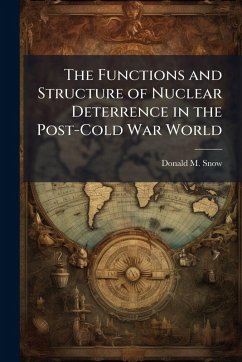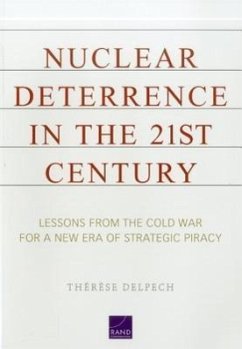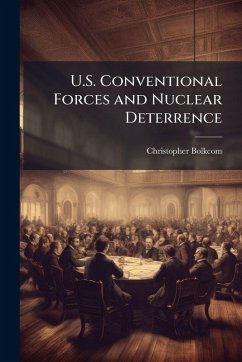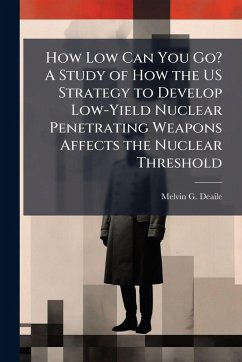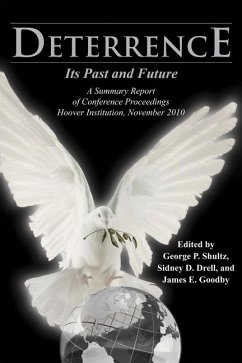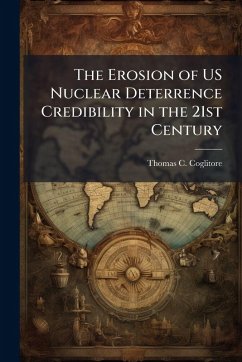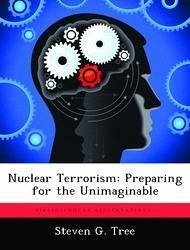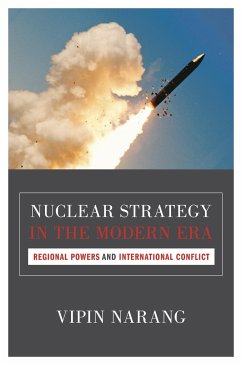
Theater Nuclear Forces and Extended Deterrence in a Multipolar World
Versandkostenfrei!
Versandfertig in über 4 Wochen
14,99 €
inkl. MwSt.
Weitere Ausgaben:

PAYBACK Punkte
7 °P sammeln!
The role played by nonstrategic nuclear forces in the cold war logic of extended deterrence is changing dramatically, as the US and Soviet Union retreat from the quasi-confrontational military postures of the past 40 years. What do present changes in the global security picture portend for this class of weapons? The author evaluates possibilities using a matrix of considerations: trends in the international system: strategic ways, means, and perceptions: intrinsic capabilities of new generations of nuclear weapons: and operative views of extended nuclear deterrence. One conclusion is that, owi...
The role played by nonstrategic nuclear forces in the cold war logic of extended deterrence is changing dramatically, as the US and Soviet Union retreat from the quasi-confrontational military postures of the past 40 years. What do present changes in the global security picture portend for this class of weapons? The author evaluates possibilities using a matrix of considerations: trends in the international system: strategic ways, means, and perceptions: intrinsic capabilities of new generations of nuclear weapons: and operative views of extended nuclear deterrence. One conclusion is that, owing to the desirability of having a graduated means of deterring conflict and controlling escalation, theater nuclear weapons may remain important elements of US military capability in the global environment of the future. This work has been selected by scholars as being culturally important, and is part of the knowledge base of civilization as we know it. This work was reproduced from the original artifact, and remains as true to the original work as possible. Therefore, you will see the original copyright references, library stamps (as most of these works have been housed in our most important libraries around the world), and other notations in the work. This work is in the public domain in the United States of America, and possibly other nations. Within the United States, you may freely copy and distribute this work, as no entity (individual or corporate) has a copyright on the body of the work. As a reproduction of a historical artifact, this work may contain missing or blurred pages, poor pictures, errant marks, etc. Scholars believe, and we concur, that this work is important enough to be preserved, reproduced, and made generally available to the public. We appreciate your support of the preservation process, and thank you for being an important part of keeping this knowledge alive and relevant.



